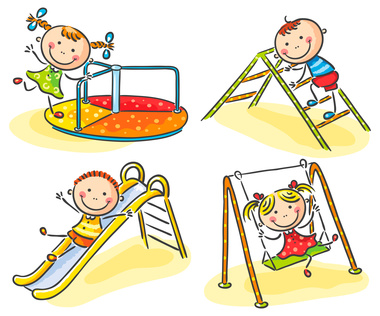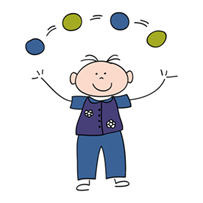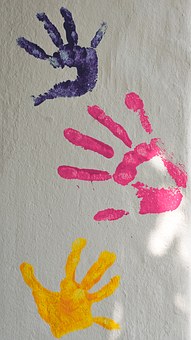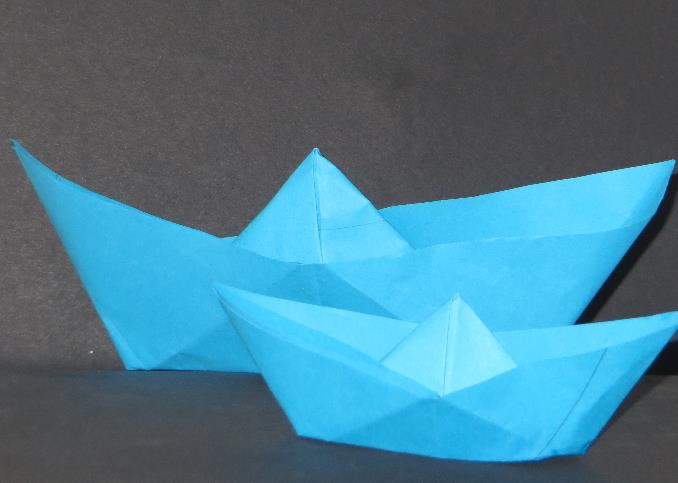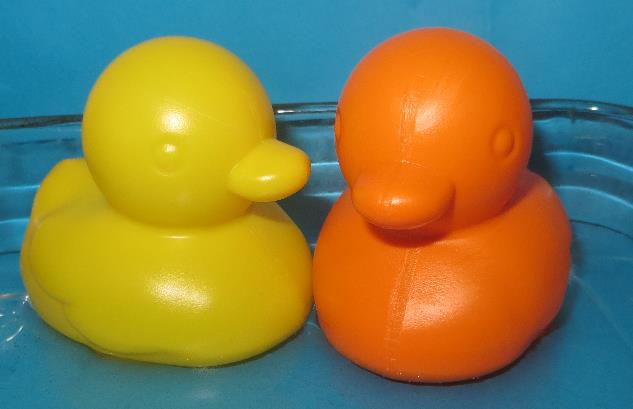Types of play
Play is an important part of childhood as it brings fun and joy, but moreso it is the vehicle that drives
children's learning and development. Exposure to a variety of play resources and a fertile environment will enrich children's experience and influence positive
behaviour, hence building independence and confidence that will support ongoing learning and development of skills.
To help children's overall development and learning, give children opportunities to play by themselves and with other children. Also, give children the opportunity to play
in different environments such as inside the home, garden, park, beach and venture lands.
When choosing resources for play, consider children's age, interest and desires as they will benefit more, are less likely to get bored and play for longer.
At the same time, consider the types of play children can engage with. There are different types of play ranging from free and imaginative play to the more planned and structured.
Child-led play gives children control over choice and movement which reflect their interest and desires, whilst the adult-led play guides children
and supports them to achieve developmental milestones.
Up to the age of two, children like to play by themselves; this is known as solitary play and as they
mature, they will play alongside their fellow children but with very little interaction. By the age of 3 they
will engage with other children in the same play.
Have a look at the table below outlining the different types of play
| Types of play | Description | Examples |
|---|---|---|
| Creative play | Encourages children to experiment and explore the world around them. They use their senses to explore properties of
different materials . Children expresses their own ideas and feeling to make something which is original, for example a painting of a flying car
or a pig with wings made from play dough. |
Painting a picture, making up a song or a dance. creating something with play dough |
| Imaginative play | Children take on the role of other people or situations. Here children act out situations naturally. Children pretend or engage in fantasy play such as inventing creatures unheard of. Imaginitive play allows children to safely explore their own feelings and the world around them. Pretend play: Children act out roles: mum going shopping or mum cooking. Fantasy play: children use real life experiences to play imaginatively eg turn cardboard book into a bus go into space. Symbolic play - when children make one object stand for another e.g child use flower pot to represent a bowl of soup. Socio-dramatic play - children act out scenes such as taking a role of a football player and playing a football game with other children. | Pretend cardboard is a car, or a house. They pretend they are a cat, walk on hands and knees and they purr and say meow. Working in the home corner beneficial for the older children who engage in high level of imaginative play. Pretend to be mum and dad or play doctor and nurse. |
| Discovery play | This type of play is about exploring, it enables children to find out about things such as the texture, size and shape; how things are made and what they can do with them, for example, water and sand. | Playing with foil or different colours, sponges, soft balls, fabrics or wooden blocks.
Exploring materials visually, discovers that ball can roll or bounce, discovers different textures when playing with yogurt and jelly. |
| Physical play | Physical play takes place when children are actively moving around such as running, skipping , climbing, jumping, crawling , swinging, kicking a ball or throwing it.
This play encourage use of large muscles and exercise their whole body. Children earn to control large and small muscles and develop. Physical play encourage children to gain confidence and independence. Physical play helps children to be healthy and strong as well as develop concentration. |
Dancing to music, chasing game, climbing frame, kicking or throwing a ball. Older children may engage in competitive sport such as football or athletics. |
| Manipulative play | This type of play requires the skilful use of hands. During this type of play, the hands, eyes and brain are being trained to co-ordiante. For example: Babies become increasingly skilful with their hands as they play with a rattle, soft toys and other objects. As children get older they learn to use their fingers independently, for example unscrewing a lid or cutting with scissors or using a pencil. |
Holding a spoon and hitting a drum or using a crayon to colour or playing with wooden puzzles. |
| Social play | When children play together, they learn to share and be co-operative, as well as learning to take turns when playing games. Social play also teaches children about anti-social behaviour such as cheating is not acceptable and has consequences, for example, children may lose friends and find themselves on their own. | Playing small children board game: snakes and ladders, ludos etc |
Children maybe engaged in two types of play at the same time, such manipulative and discovery; when babiesare playing with a rattle in which they are using their hand to shake the rattle and discovering that it makes a sound when it is shaken.
Benefits of play:
- Children learn to discover, experiment, create, invent, concentrate, express ideas, learn to speak, develop muscles, use imagination, learn to share, follow instructions, co-operate with others, role play, learn new skills, learn how other people behave.
- Play is good for children's emotional well-being; being absorbed in play can make children happy as play produces feelings of satisfaction and achievement.
- Play helps to prevent boredom. Being engaged in play prevents children from being bored, otherwise boredom can lead to bad temper, irritability and destructiveness.

